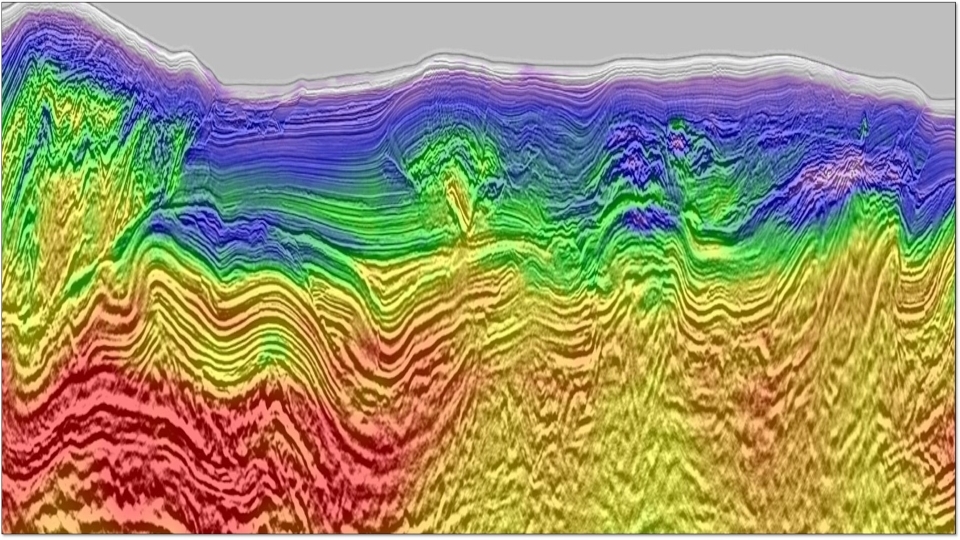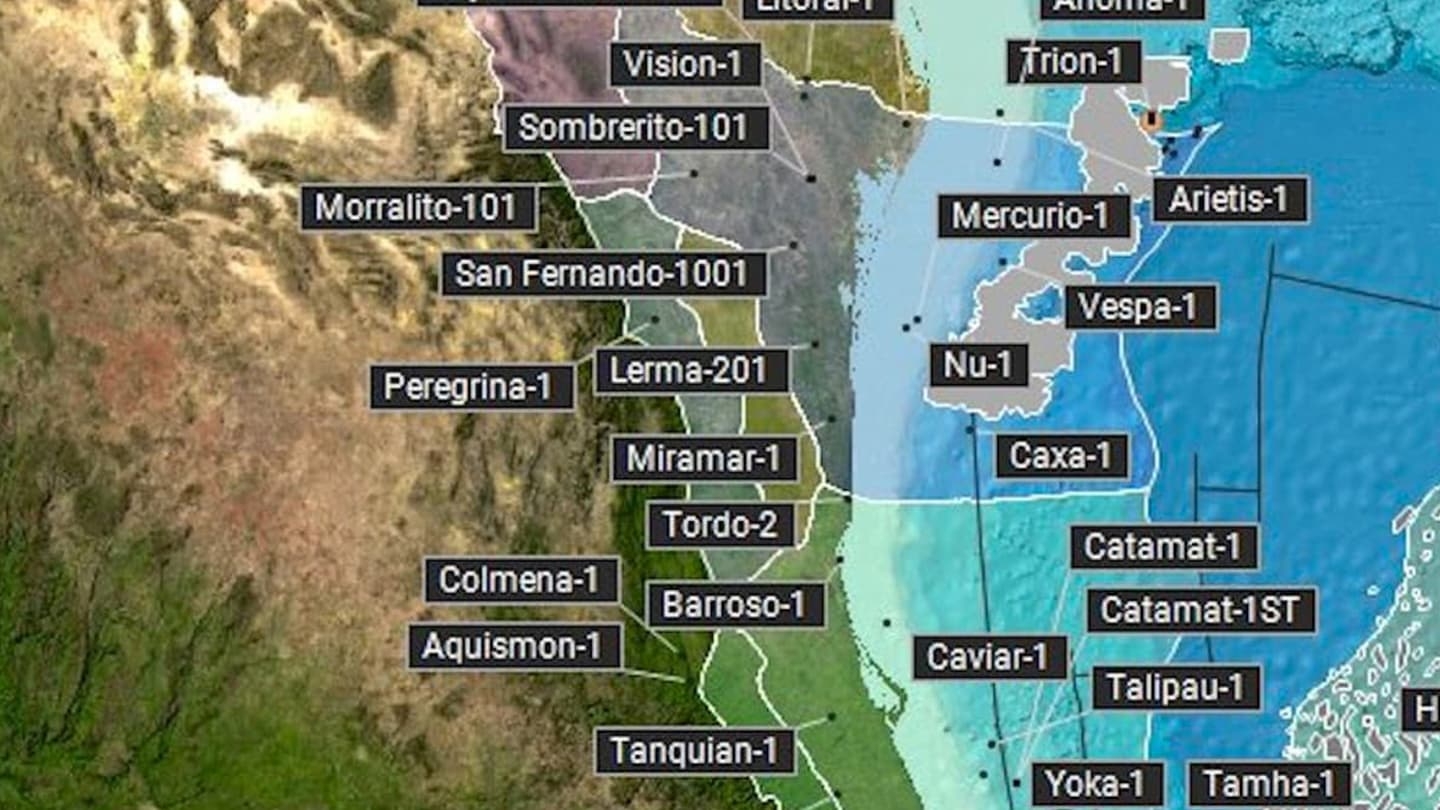In this article, we focus on variable-depth streamer acquisition and propose a full broadband processing solution that involves three important components: (a) 3D deghosting; (b) Q estimation using Q-Tomography; (c) Q application via Q pre-stack depth migration (Q-PSDM).
Technical Content
In seismic processing and reservoir characterization we often need to measure relative displacements between different realizations of data. Over the years many methods have been developed utilizing different similarity measuring techniques. Such alignment or warping methods are often effective signal or image processing tools ...
Using slowness and azimuth fluctuations as new observables for four-dimensional reservoir seismic monitoring
Using slowness and azimuth fluctuations as new observables for four-dimensional reservoir seismic monitoring
Recently, a lot of efforts has been done in seismology and geophysics to track and monitor sub-surface property variations such as velocity, fluid pressure or saturation. In 4D monitoring, the two main observables are velocity and amplitude variations. For a given reflection, variations are ...
Reservoir quality and stratigraphy of the Mowry and Muddy interval of the Powder River Basin, Wyoming, USA
Reservoir quality and stratigraphy of the Mowry and Muddy interval of the Powder River Basin, Wyoming, USA
In this study on the Mowry and Muddy interval in the Powder River Basin, we have evaluated a number of the controlling factors on productivity and identified those regions with greater prospectivity across the basin. We have combined classic geological disciplines with robust geophysical ...
Updating the low frequency model in time-lapse seismic inversion: a case study from a heavy oil steam injection project
Updating the low frequency model in time-lapse seismic inversion: a case study from a heavy oil steam injection project
In this paper we discuss a workflow to update low frequency models in time-lapse inversion studies. In this workflow we invert the base seismic survey and the difference between base and monitor survey in two separate inversion runs. The production effects are picked on ...
Efficient Harmonic-Distortion Mitigation on Vibro-Seismic Sources
Efficient Harmonic-Distortion Mitigation on Vibro-Seismic Sources
In seismic land acquisition, harmonic–noise in vibrator ground-force has always been a major limitation in terms of data quality and productivity. In high productivity acquisition, vibrator distortion is usually prevented by waiting enough time between successive shots. Otherwise, it has to be reduced during ...
Multidimensional simultaneous random plus erratic noise attenuation and interpolation for seismic data by Joint Low-Rank and Sparse Inversion
Multidimensional simultaneous random plus erratic noise attenuation and interpolation for seismic data by Joint Low-Rank and Sparse Inversion
We present an efficient convex optimization strategy enabling the simultaneous attenuation of random and erratic noise with interpolation in pre-stack seismic data. For a particular analysis window, frequency slice spatial data can be reorganized into a block Toeplitz matrix with Toeplitz blocks in the ...
Nearfield hydrophone driven 3D source designature and deghosting for multi-level source data
Nearfield hydrophone driven 3D source designature and deghosting for multi-level source data
Combined with recent receiver deghosting strategies, the use of multi-level sources can provide further uplift to the ever broadening bandwidth of seismic data. While multi-level sources help mitigate source notches in the output spectrum, the resulting emitted wavelet still exhibits residual ghosts, directivity, and ...
Combining BroadSeis 3D HD-WAZ data in a reservoir-driven processing approach for field development
Combining BroadSeis 3D HD-WAZ data in a reservoir-driven processing approach for field development
Extended seismic bandwidths provided by broadband acquisitions (BroadSeis), improved illumination from wide-azimuth (WAZ) configurations and high spatial resolution made possible by dense acquisition techniques are all new technologies producing visually compelling imaging and reservoir results. In addition, application of the latest reservoir characterization tools ...





